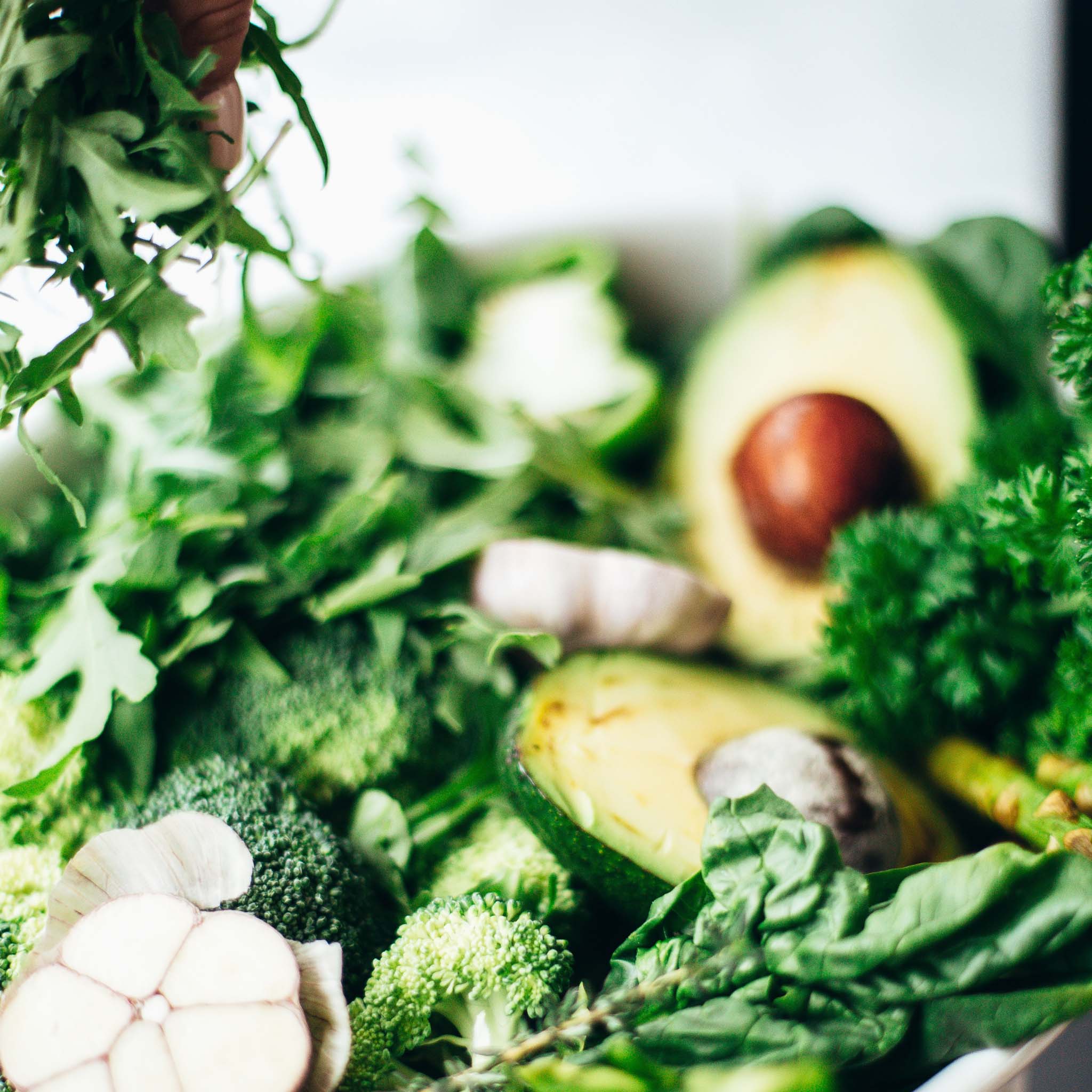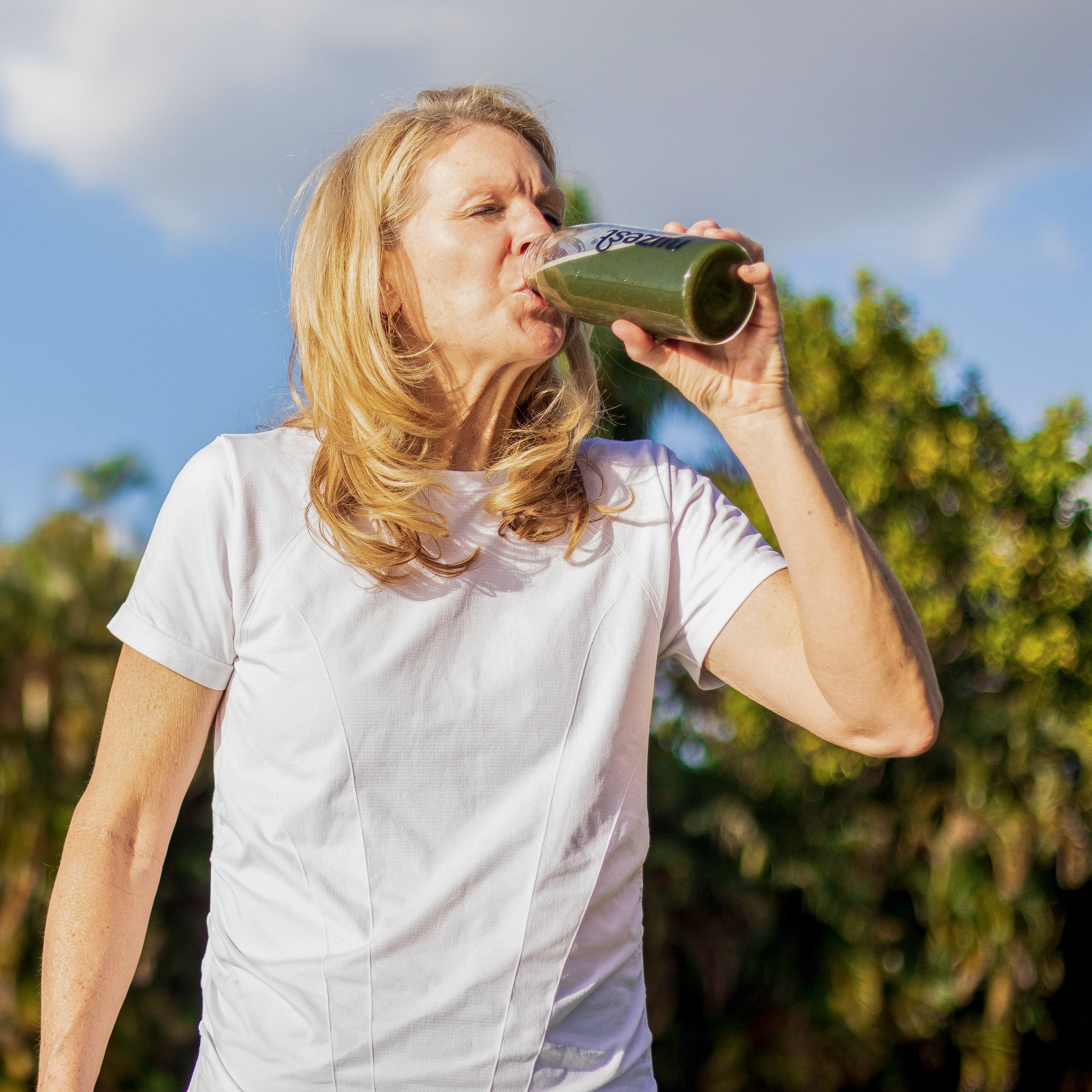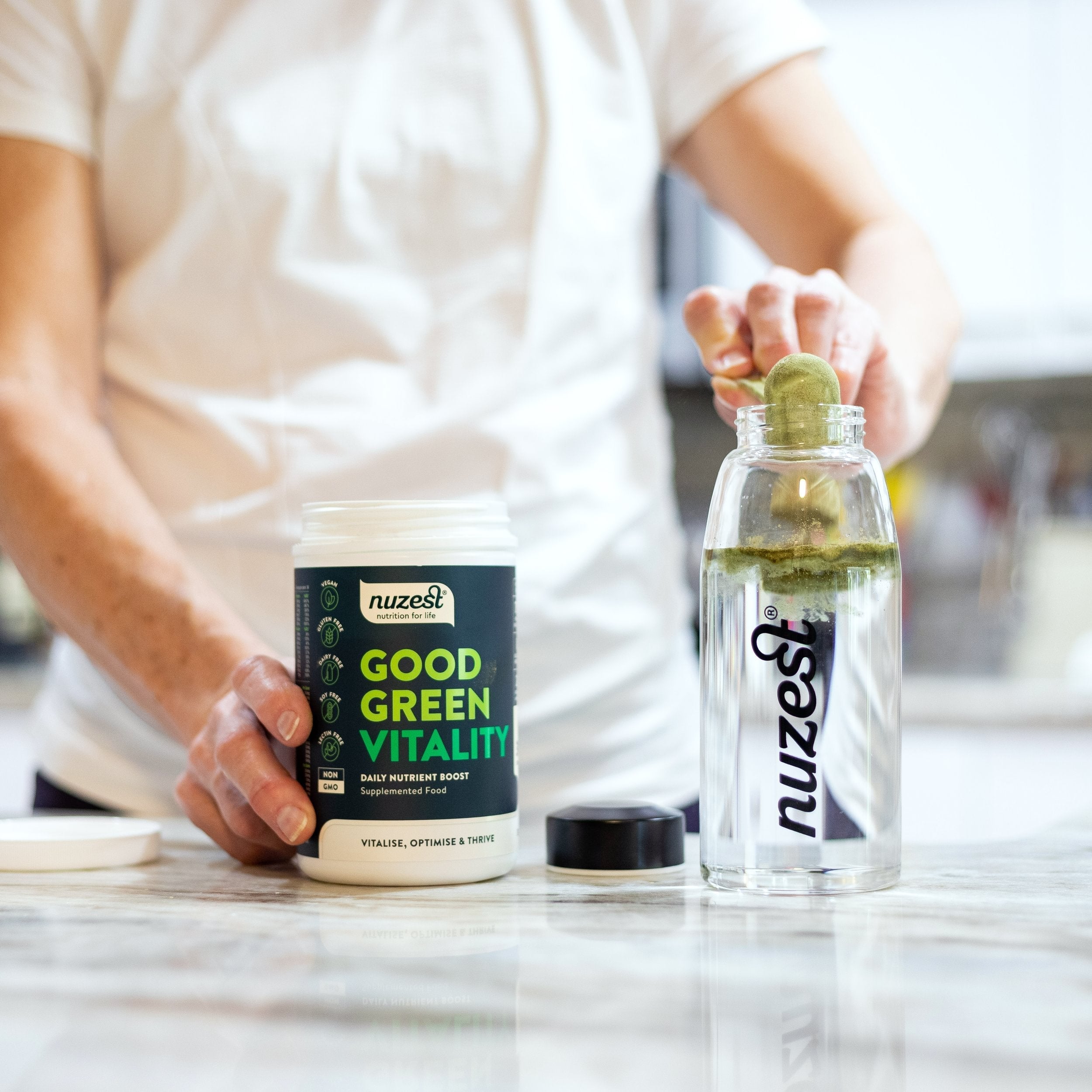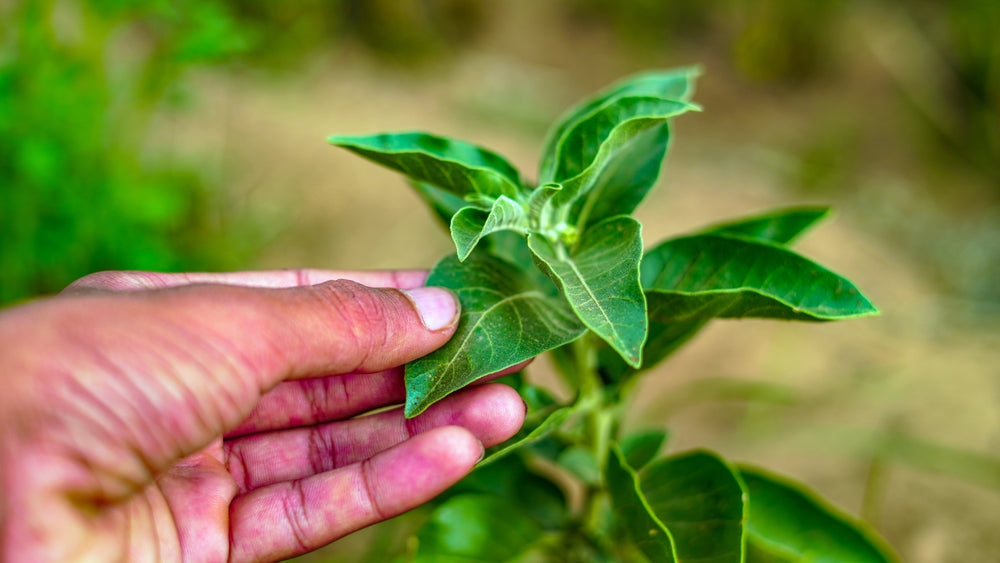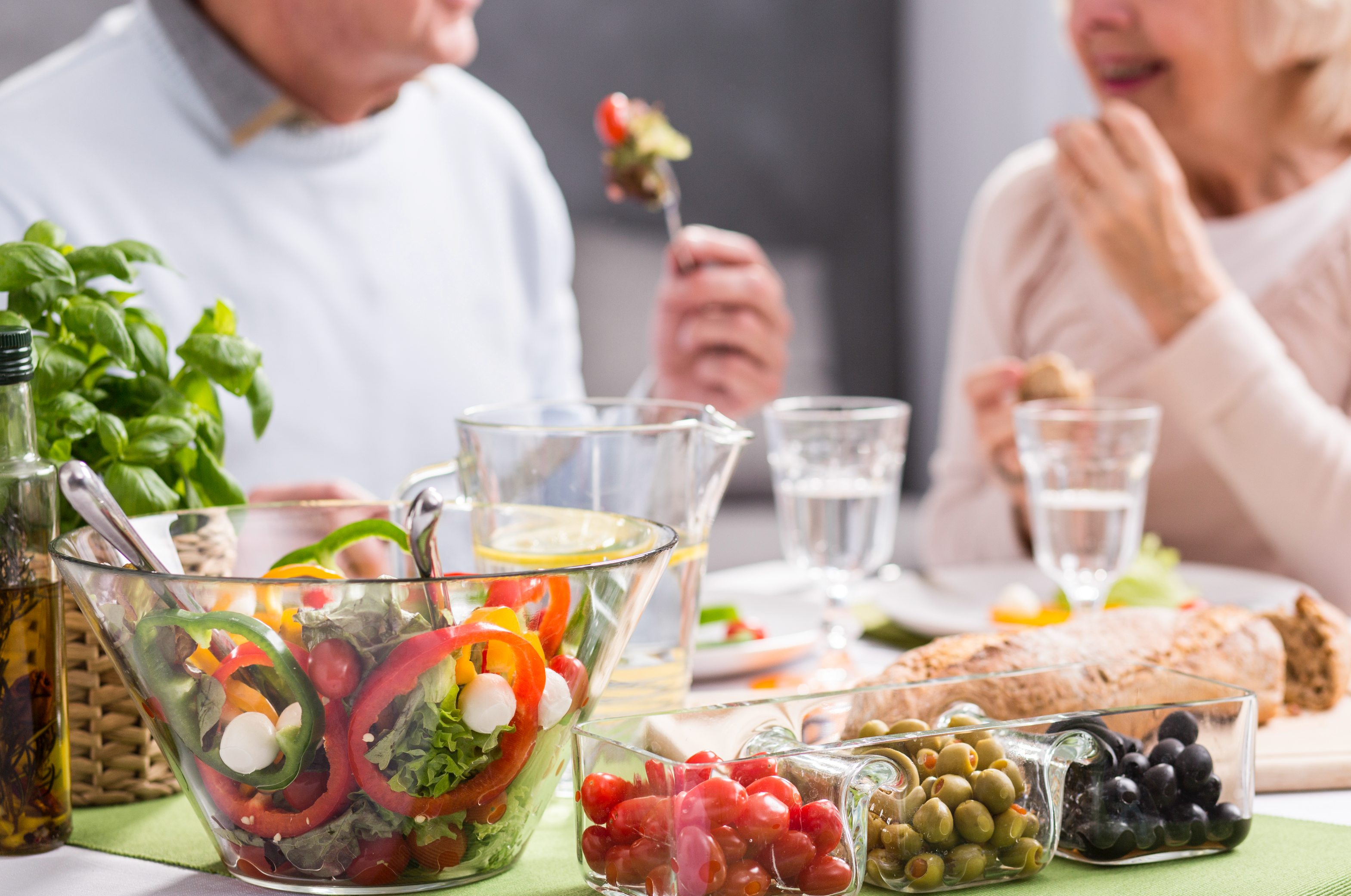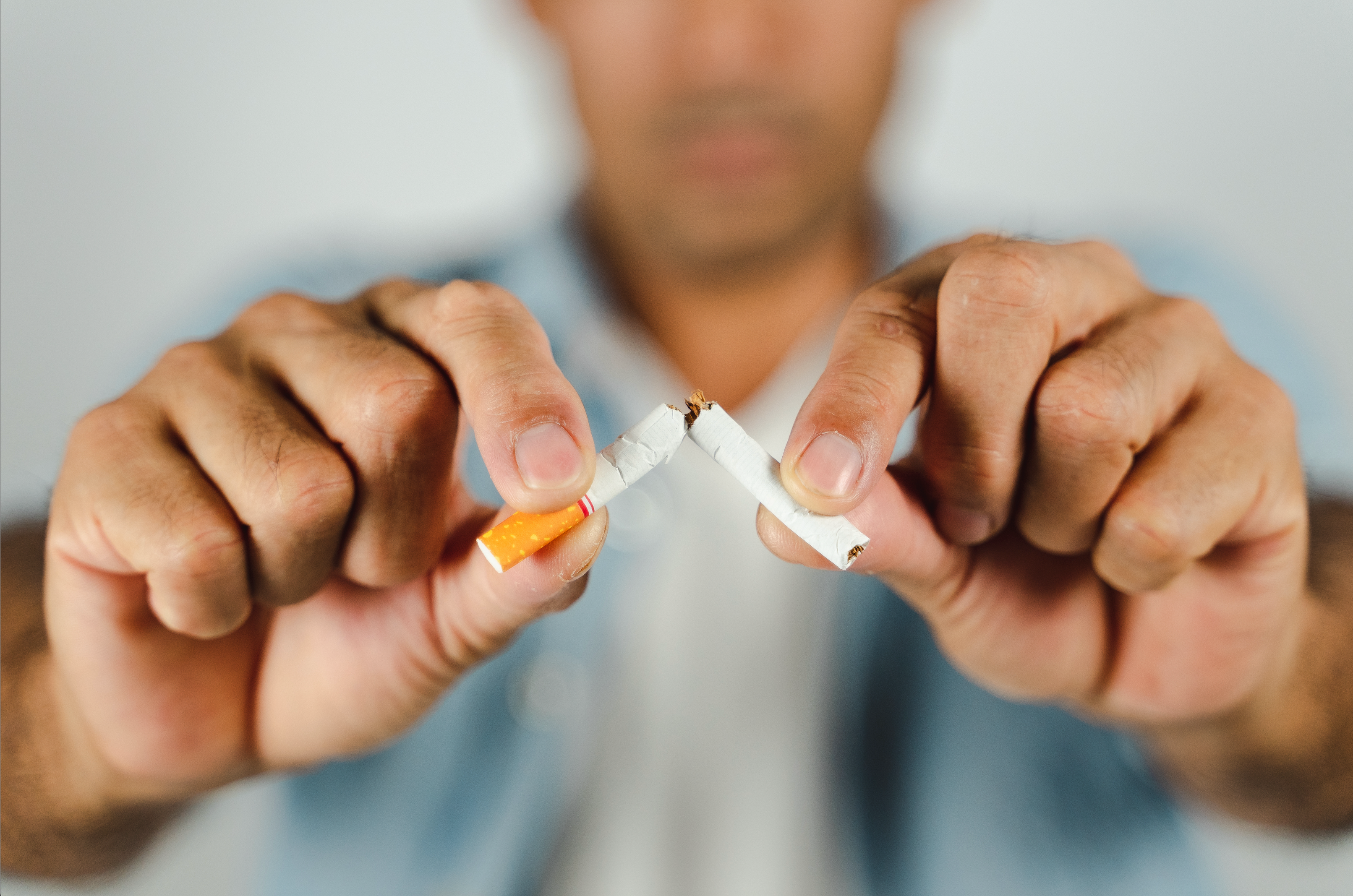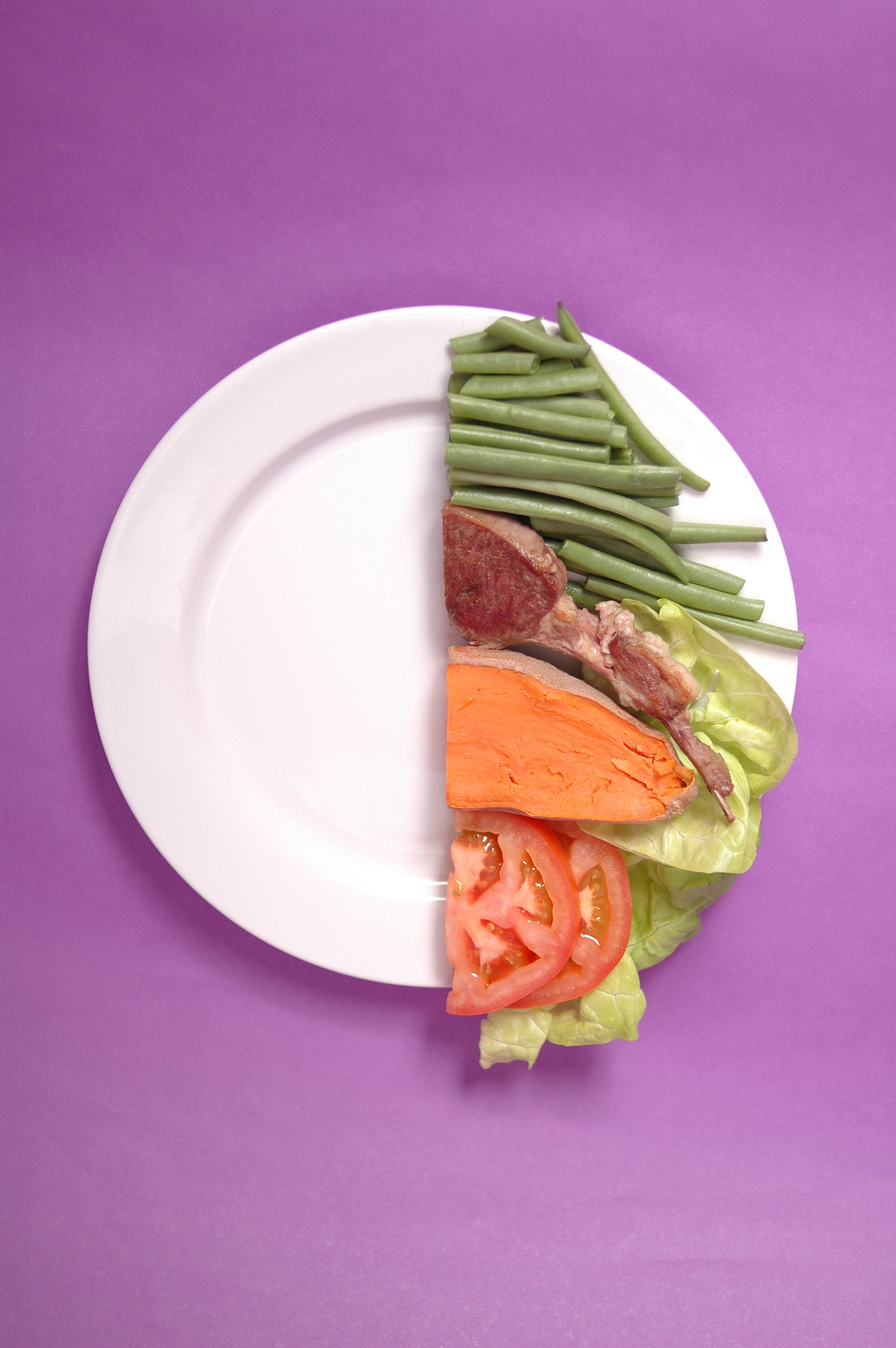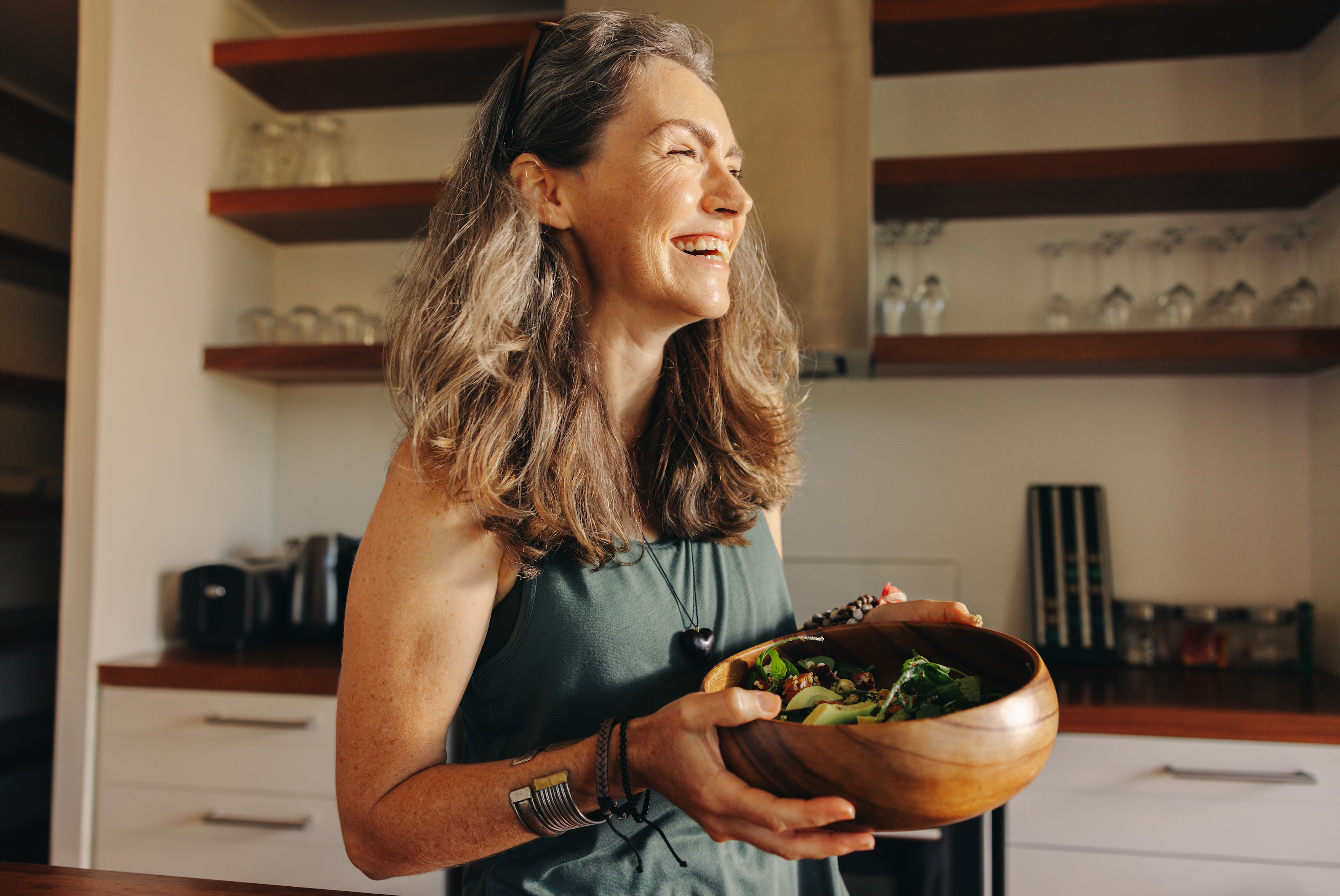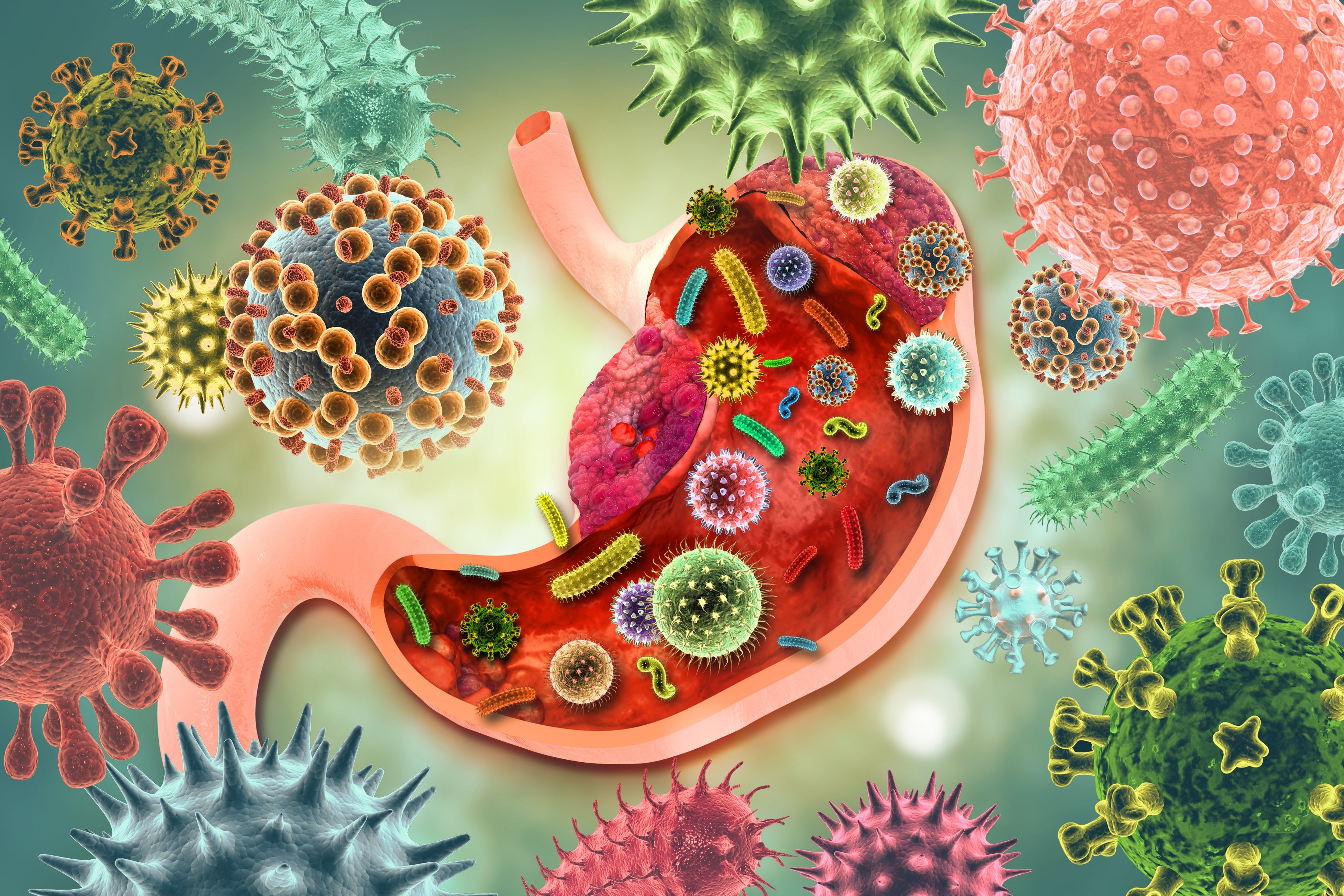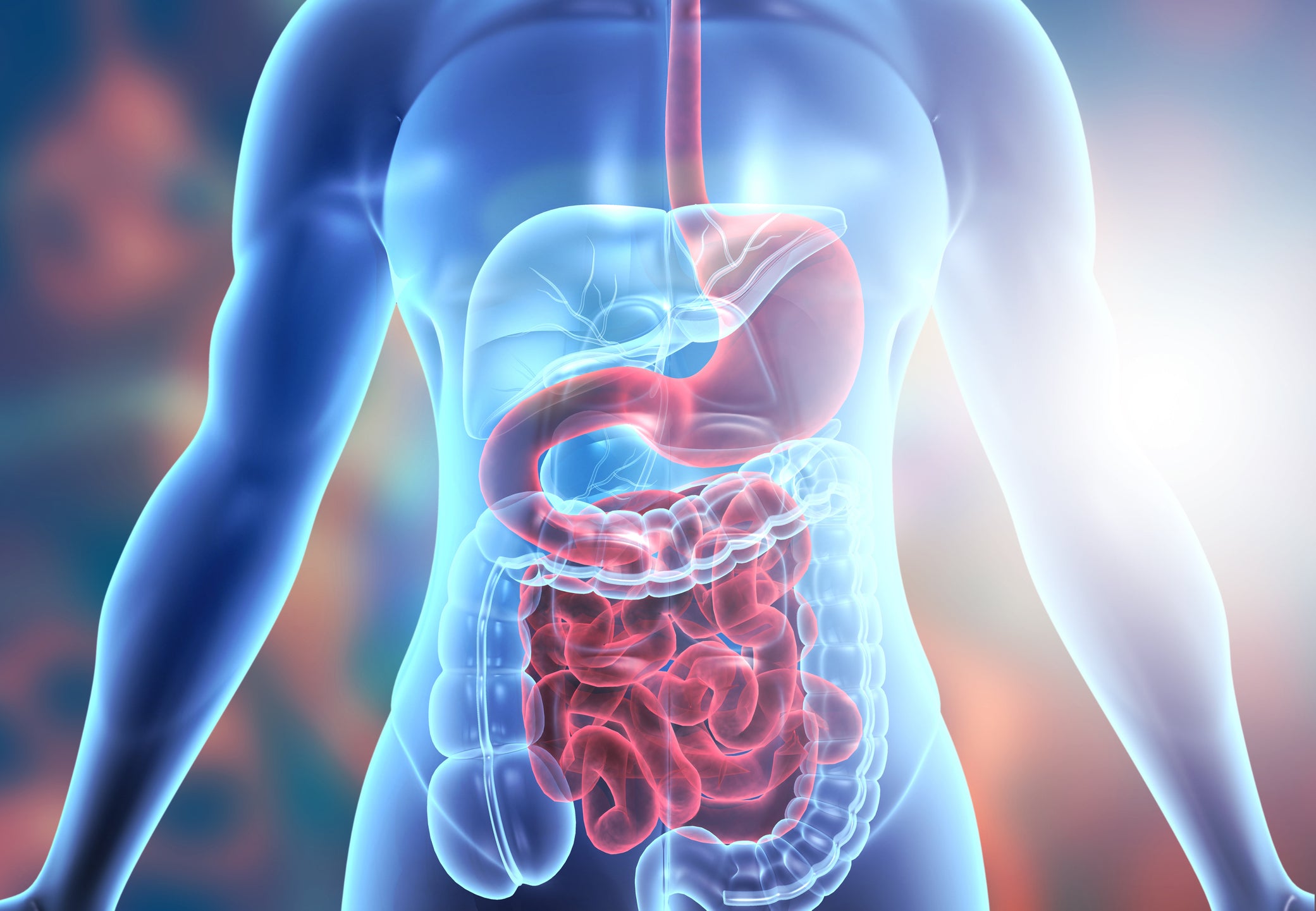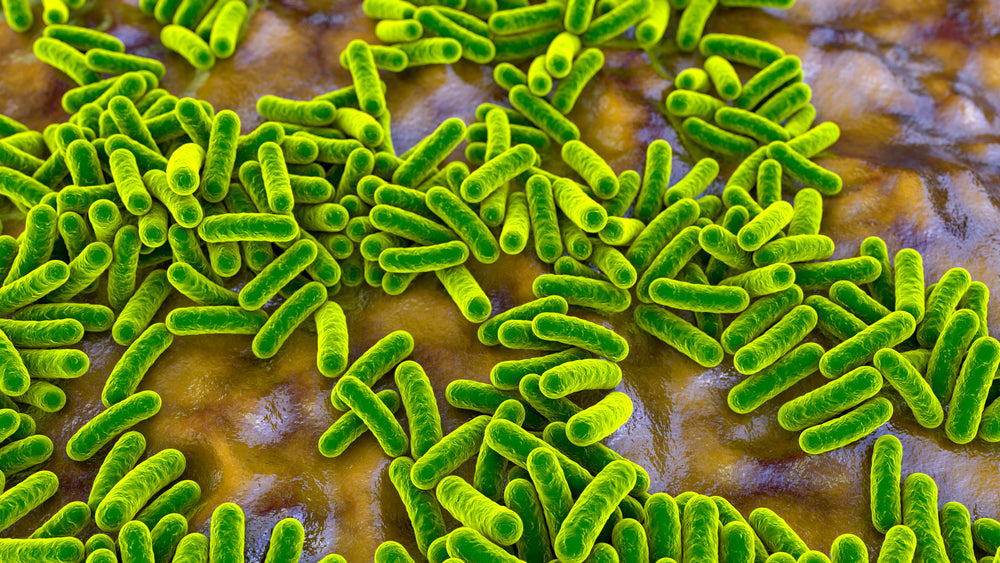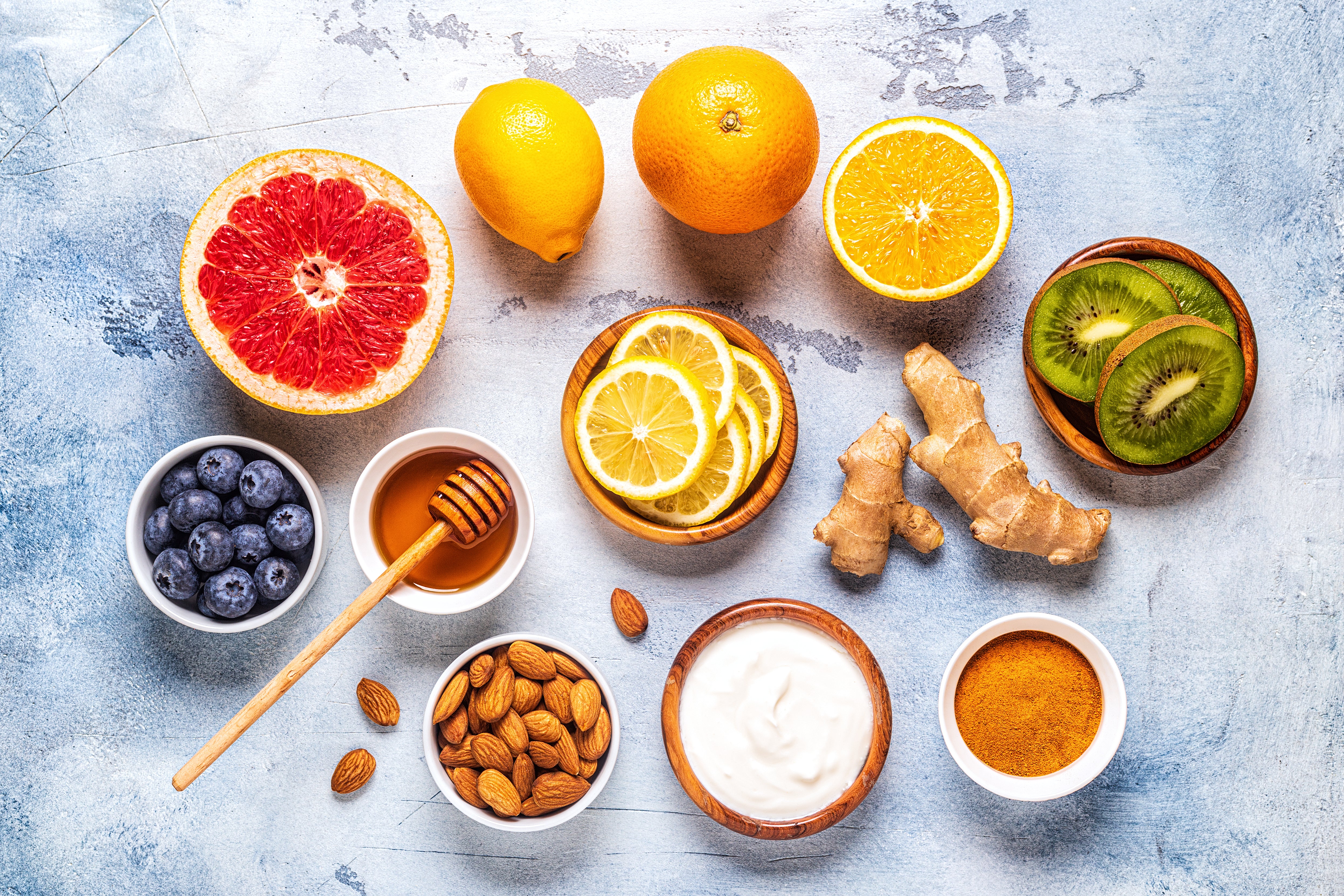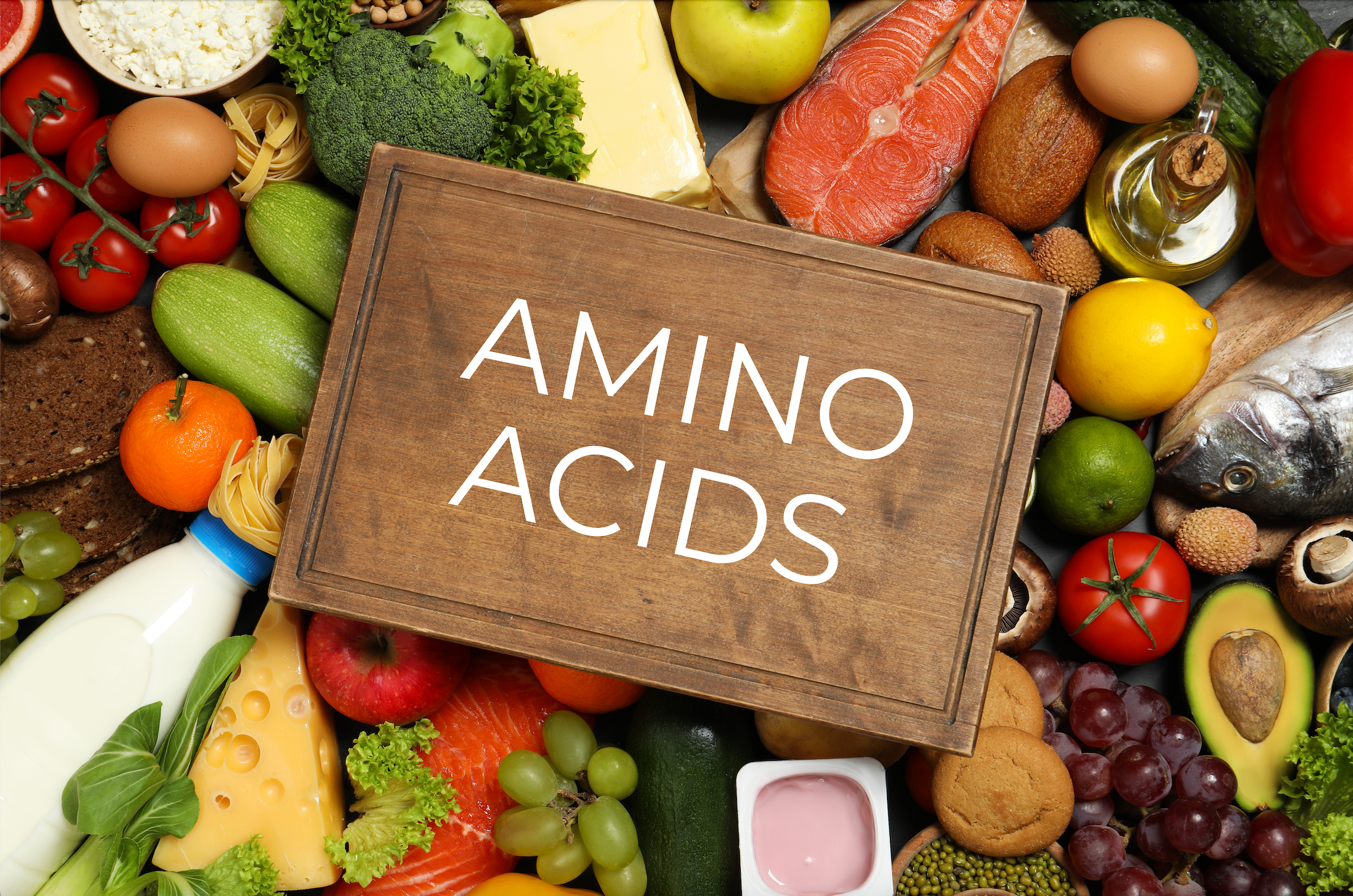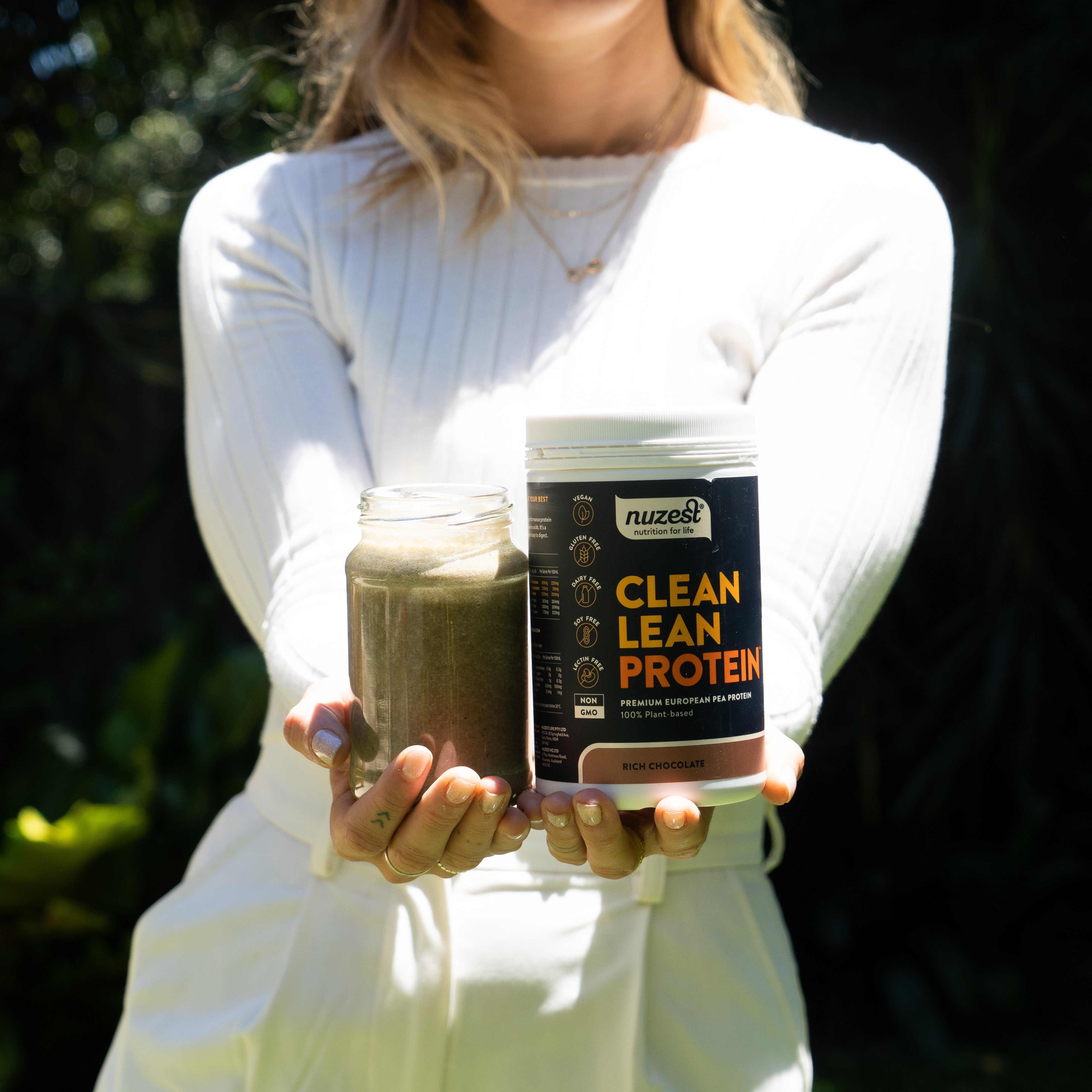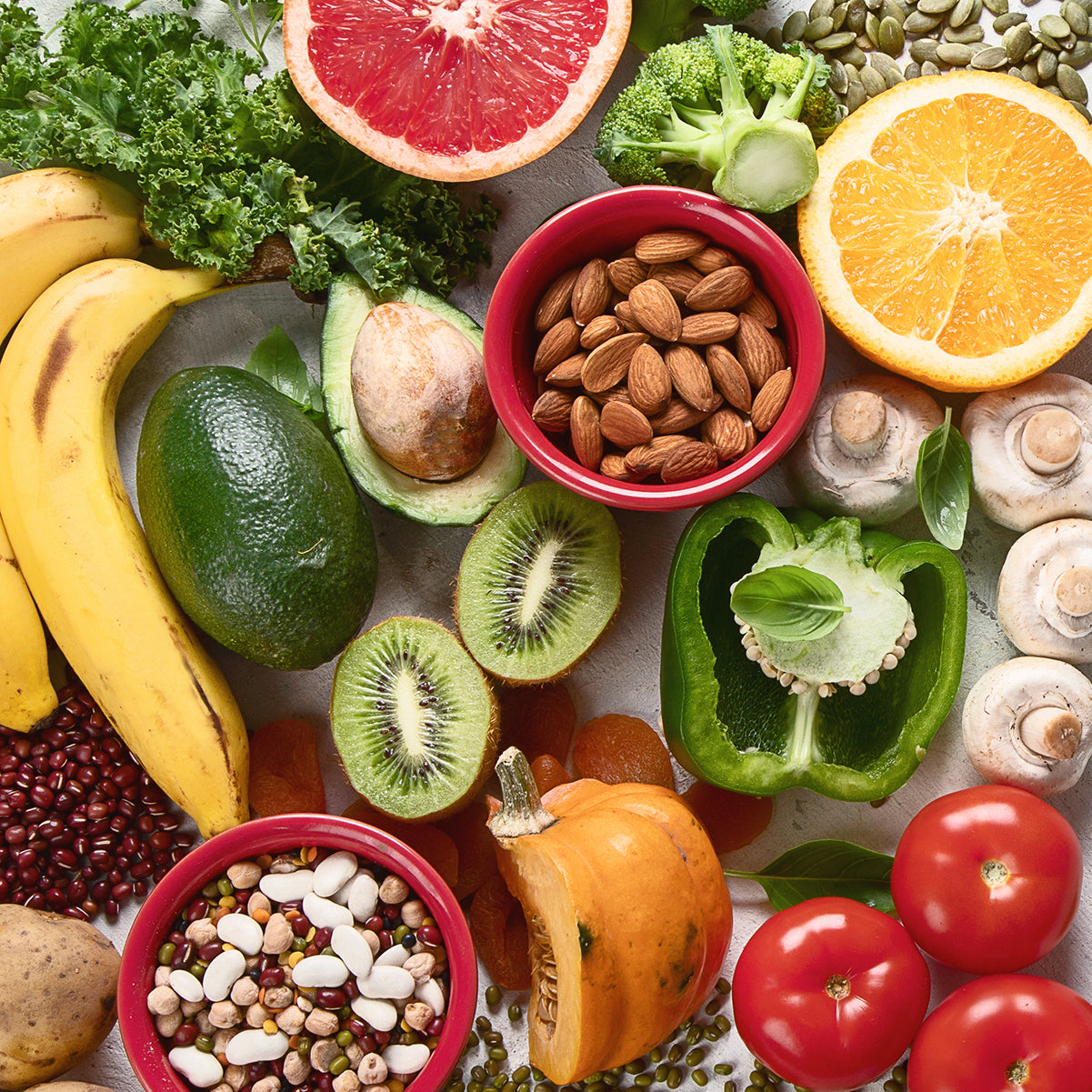Article by Daniela Rose
Feeling fatigued? Cravings out of control? It’s time to step off the glucose (sugar) roller coaster and take control of your mood and stabilise your energy levels with these three simple hacks. What’s that you say? No extreme diet required? This is too good to be true!
Approximately 90% of non-diabetics experience glucose spikes, through the ingestion of everyday foods such as breakfast cereal, processed snacks, soft drinks etc. A rapid rise in blood glucose, followed by a rapid fall, can often make you feel hungry again quite soon after a meal.
When a large spike in glucose is experienced, our mitochondria become overwhelmed and commence producing unwanted chemicals in the body, referred to as free radicals. These free radicals are responsible for causing harms to our cells, have the ability to mutate DNA and lead to oxidative stress and inflammation. Inflammation in the body has been linked to many unwanted diseases.
Large spikes in glucose result in glycation, which is directly correlated with speeding up the process of ageing. Our aim is to slow down glycation and minimise spikes in glucose levels. By flattening your glucose curve, you will be more likely to experience fewer cravings, sustained energy, improved sleep, clearer skin, fewer wrinkles and a myriad of other health benefits. Below are three tips you can consider to assist with managing glucose spikes.
Set yourself up for success
Constantly find yourself rummaging through the cupboard when 3pm hits? It’s time to ditch the highly processed breakfast cereals and start your day with a savoury breakfast. Studies have shown individuals who start their day with a savoury breakfast have steadier glucose levels throughout the day, resulting in less cravings and sustained energy levels.
Nuzest recipes to inspire savoury breakfast options –
Veggie Mexican Bowl (consider switching out the rice, for cauliflower rice)
If you do have a sweet tooth and prefer a sweet breakfast, opt for a low carbohydrate option which includes fat and protein. An example of a sweet breakfast option would be organic (ideally) full fat plain Greek yogurt (check the label for sugar content), with a scoop of Nuzest vanilla protein stirred through, topped with blueberries and a handful of nuts, or unprocessed peanut butter.
Cold potato, cold potato!
Allowing starchy foods such as pasta, rice, potato and sweet potato to cool down changes the structure, turning it into something that is called "resistant starch". It's called "resistant starch" because once any starchy food is cooked and cooled it becomes resistant to the normal enzymes in our gut that break carbohydrates down and releases glucose that then causes the familiar blood sugar surge.
According to scientist Dr Denise Robertson, from the University of Surrey, if you cook and cool pasta down then your body will treat it much more like fibre, creating a smaller glucose peak and helping feed the good bacteria that reside down in your gut.
Do I have to eat my starches cold? No, in fact further tests conducted by Dr Chris van Tulleken confirmed that cooking, cooling and then reheating starches had an even smaller effect on blood glucose. In some cases, it reduced the rise in blood glucose by 50%.
Eat your greens first
Eat your veggies first, and your starches and sugars last at a meal to flatten the glucose spike. Multiple studies have shown by incorporating green vegetables rich in fibre into your meal; ideally consumed prior to starches, will lead to a smaller spike in glucose levels. Jessie Inchauspé a Biochemist, known as the @glucosedgoddess on Instagram, has been putting this theory to the test and sharing the results with her audience. While wearing a live glucose monitor, Jessie will conduct multiple experiments on herself and showcase the outcome via digestible content (pun intended!). For easy to follow tips on how to best stabilise your glucose levels, I strongly suggest giving her a follow.
Rule of thumb is do what you can, where you can! There is so much noise in the realm of health, try your best to not stress yourself out! Because elevated cortisol (stress hormone) levels over the long term consistently produces glucose, leading to increased blood sugar levels. This is what we are trying to avoid! If all else fails remember the wise words of Michael Pollan, “Eat food. Not too much. Mostly plants.”
References: https://www.glucose-revolution.com/science
Daniela Rose
Nutrition Student, Yoga Teacher, Model and Smoothie Bowl Lover!
